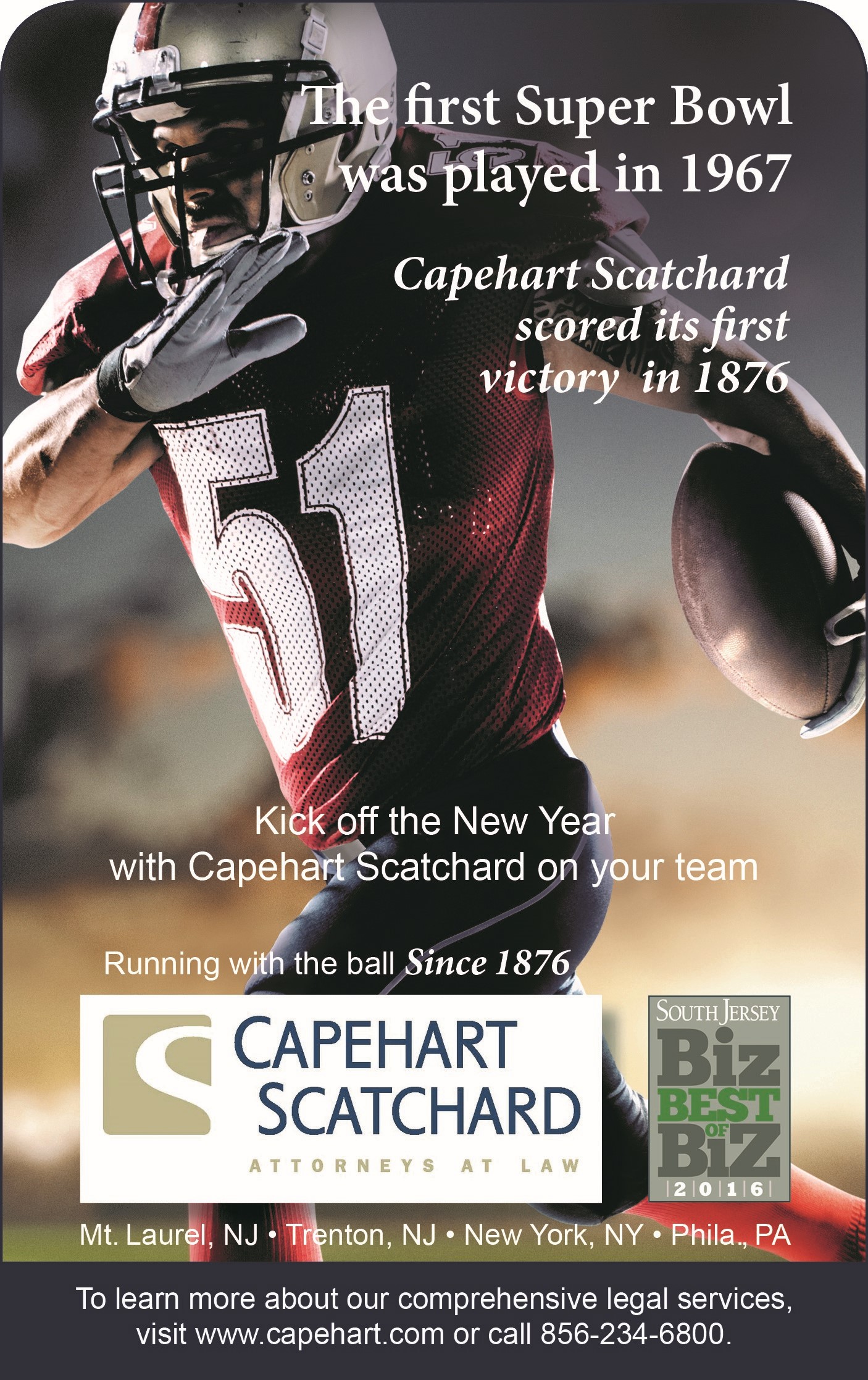Appellate Court Dismisses Workers’ Comp Claim For Fraud Where Petitioner Misrepresented Facts During Trial
The New Jersey Division of Workers’ Compensation has its own fraud act within the workers’ compensation law. The case of Dubrel v. Maple Crest Auto Group, A-3321-10T3 (App. Div. January 30, 2012) illustrates how this law can be invoked where a claimant misrepresents the limitations of his ability to function.
The petitioner slipped and fell at work in February 2004 working as a mechanic. Treatment was authorized consisting of physical therapy, pain medication, facet joint injections, a discogram, radioplasty and disc reduction surgery. Petitioner alleged permanent injuries to his low back with radiation into his legs, headaches, pain in his neck, arms and shoulders. He said his low back was his worst problem but that his neck also stopped him “dead in his tracks” when it locks up. The case was tried as to the extent of permanent disability.
The key testimony in this case was that petitioner could not wrestle, kick box, play hockey, go dirt biking, perform household chores, carry laundry up and down the stairs, and he was not able to trailer horses any longer. He had enjoyed a hobby of raising horses for harness racing but was no longer able to ride horses, train horses, trailer horses, or care for them. He said he could not ride horses at all. He and his brother still had horses in Maryland but he said that he only participated “by brain.”
After petitioner testified, respondent conducted investigation and determined that petitioner was still very involved in harness racing. Respondent sent a letter of January 25, 2010 to petitioner’s counsel from the United States Trotting Association (USTA) website indicating that petitioner was the trainer of various race horses and had engaged in competitive horse racing for years following the work injury. Respondent sought permission to further cross examine petitioner, but petitioner never appeared in court to testify. He instead submitted evidence that he had a twin brother.
Petitioner’s expert, Dr. Arthur Becan, testified that petitioner had a disability of 50% of the neck, 40% of the low back, and 25% of the mid-back. Respondent presented the evidence of petitioner’s active harness racing and training to Dr. Becan, who said that this evidence did not change his opinion absent proof of a new injury while harness racing. He did admit that this sort of activity could worsen petitioner’s spinal condition.
Respondent produced Dr. Albert Thrower, who opined that petitioner had a 5% permanent partial disability. He lowered the estimate to 3% after learning about the harness racing activity. He further said that the USTA evidence was not consistent with what petitioner said he could not do.
Counsel for petitioner argued that the evidence from the USTA was inadmissible for lack of foundation. Respondent produced an investigator who conducted surveillance showing a man matching petitioner’s description engaged in harness racing around the Maryland property on two dates, as well as doing carpentry, hammering, bending over, and picking up lumber. The investigator, however, conceded that he did not know if this man was the twin brother or petitioner.
An adjuster for New Jersey Manufacturers also testified to her knowledge of the website www.ustrotting.com which was commonly used in the horse racing industry. The adjuster, Melissa Popp, was a horse owner and had a professional background in horse racing as the claims handler at NJM for the New Jersey Racing Compensation Board. She explained that she obtained information from the website showing that petitioner had in 2005 driven a horse in at least one race and trained 137 starts with winnings. In 2006 he was the trainer of 131 starts with winnings. In 2007 he was a driver in one start and a trainer of 92 starts with winnings. In 2008 he was a trainer of 13 starts with winnings and in 2009 he was a trainer with 12 starts with winnings. The website also showed that petitioner was the driver in five qualifying starts in 2005, seven in 2006, fourteen in 2007 and 2008 and eleven in 2009.
Respondent filed a motion to dismiss the claim petition for violation of the New Jersey Fraud Act, N.J.S.A. 34:15-57.4. The judge of compensation, the Honorable Randall Corman, ruled that the website information should be admitted into evidence. He found that the printouts were admissible under the Market Reports Commercial Publications exception, N.J.R.E. 803(c)(17). This sort of information is generally relied on by the public as an exception to the hearsay rule.
Judge Corman noted that one week before petitioner’s testimony in court, he was the driver of “Finest Firewater” in a qualifying race in Delaware. The judge found that petitioner lacked credibility and had materially misrepresented facts in his testimony. He found that the statement that petitioner could no longer ride horses was purposely and knowingly false. He further found that the statement was made to obtain benefits. “The obvious reason the Petitioner recounted an inventory of recreational pursuits in which he can no longer engage is to portray himself to the Court as a poor soul bereft of any of life’s enjoyments due to his workplace accident.”
In a well-worded ruling, Judge Corman explained why this testimony constituted fraud:
As to the seriousness of the Petitioner’s false testimony, I find that claiming under oath that he does not drive horses anymore, just one week after driving a horse in a harness race, is so flagrantly galling as to constitute a serious violation per se for purposes of N.J.S.A. 34:15-57.4(c)(1). Petitioner’s egregious conduct mocks the authority of the Court and is corrosive to the integrity of the workers’ compensation system. The Petitioner’s false testimony in this matter is precisely the type of misconduct the Legislature sought to deter when it enacted N.J.S.A. 34:15-57.4 (c)(1).
On appeal petitioner made several arguments, first challenging admissibility of the USTA website printouts. The Appellate Division held that this evidence was highly probative in regard to the extent of disability. Petitioner further contended that the surveillance done after petitioner had testified should have been excluded. The Appellate Division concluded that there is an exception to the general rule that surveillance should be done before trial where an employer could not have been aware of the circumstances necessitating surveillance before the start of trial. Petitioner had not revealed his very active harness racing life to any of the doctors, and it only came out on cross examination. Respondent also sent this information to petitioner’s counsel promptly so as to give ample time for review by counsel for petitioner.
Perhaps most important from an evidentiary standpoint was the Appellate Division’s ruling that a judge “may draw an adverse inference when a party, who is available, fails to testify and deny the evidence against him or her.” For that proposition, the court cited Maul v. Kirkman, 270 N.J. Super. 596, 610 (App.Div. 1994). Petitioner did not take the stand and attempt to rebut any of the evidence offered.
Lastly, petitioner argued that the judge of compensation should not have dismissed the entire case for fraud. Rather, petitioner contended that the judge should have only found there was no disability in the neck. The Appellate Division affirmed the decision of the judge of compensation in terminating all benefits.
This case is a textbook example of why practitioners need to consider the New Jersey Fraud Act when claimants do more than just exaggerate their limitations. This was a case where petitioner said he did not engage in a particular activity, one which involved a good deal of physical effort and stress, but was caught actively pursuing this very physical activity. Judge Corman’s statement is noteworthy in asserting that the integrity of the system of workers’ compensation is threatened when such misrepresentations are made.








Connect with Capehart Scatchard